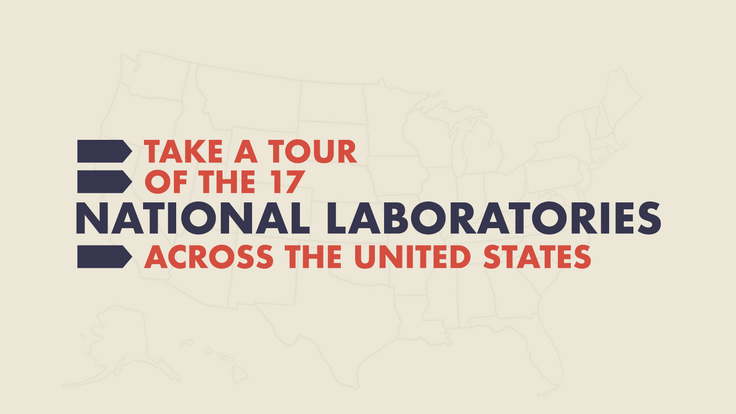
Credit: Zina Deretsky, National Science Foundation
Physicists may soon be burying their dark matter detectors and other fun toys far beneath the South Dakota hills, but they won’t be the only ones who get to play in the dirt.
Scientists involved in the proposed Deep Underground Science and Engineering Laboratory recently convened to showcase various experiments that could take advantage of great depths in a mine that extends more than 8,000 feet below the earth’s surface. Though particle physics research is the driving force behind the DUSEL initiative, biologists, geoscientists and engineers would also get to experiment in the colossal caverns of the closed Homestake Mine near Lead, South Dakota.
Derek Elsworth, professor of energy and geoenvironmental engineering at Pennsylvania State University, and William Roggenthen, DUSEL project director and scientist at the South Dakota School of Mines & Technology, recently presented the scope of possible biology, geosciences and engineering research at DUSEL at the first meeting of the DUSEL Research Association users’ group, which convened Fermilab in September.
If completed, DUSEL would be the world’s deepest dedicated science laboratory underground. It would provide research space for 30 to 50 years, longer than other underground laboratories located in active mines could provide. These extensive time and space scales would provide biologists, geoscientists and engineers with an unprecedented research playground.
“DUSEL is different from other underground labs,” says Derek Elsworth. “It has the status of being deep, big and long-term.”
Nearly as deep as the height of Mount St. Helens, the lab would provide scientists with miles of rock in which to observe large-scale fracture formation. Drilling beneath the bottom of the lab, where temperatures are higher, microbiologists could investigate whether life can exist above 250 degrees Fahrenheit. And because the mine is closed, scientists have the luxury of uninterrupted decades to test mechanisms for carbon sequestration without interruption from mining crews.
Architectural plans show tailored, expansive layers of large caverns and vast networks of tunnels that will accommodate numerous experiments. Those extensive networks also give scientists looking for a specific geological or biological feature a better chance of locating it in the numerous excavated tiers.
"The more area you have opened up and looked at, the better you can find the feature you’re looking for," Roggenthen says. "It's unusual to have this much space available."
Should federal funding agencies give DUSEL the go-ahead, the underground lab would also provide scientists the opportunity to tackle problems of the day, such as global warming and natural disaster prediction.
Scientists could look for ways to safely dispose of carbon dioxide through experiments using a sealed chamber, acting as an artificial reservoir that exceeds the height of the Empire State building. Research into large-scale rock stress and deformation could bring greater precision to the science of seismology, aiding our understanding of earthquakes. Researchers could also examine new approaches to aquifer decontamination, petroleum recovery and geothermal energy extraction.
“Those are things that don’t typically exist in a single underground research lab, but do naturally co-locate in DUSEL,” Elsworth says.
The prospect of constructing this lab, an 8-cubic-mile maw of possibility, is creating small tremors throughout the biology, geosciences and engineering communities. Though the lab is not yet built, scientists in those fields have already published several papers about DUSEL, says Roggenthen.
“DUSEL presents a rare opportunity for a dedicated facility, one that will live beyond the project’s prescribed lifetime, and likely beyond ours,” says Elsworth.






